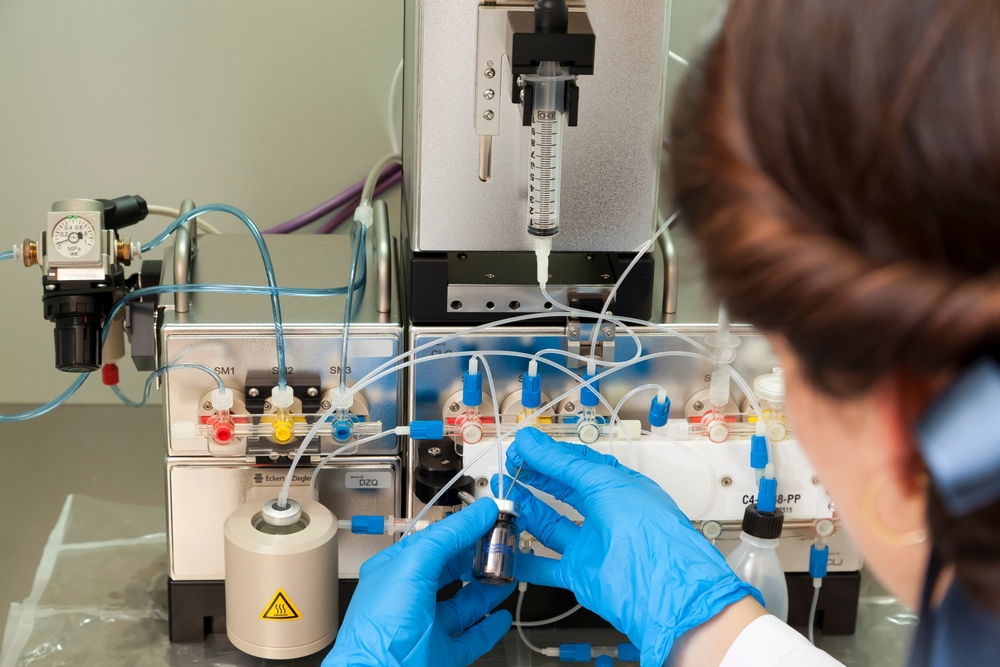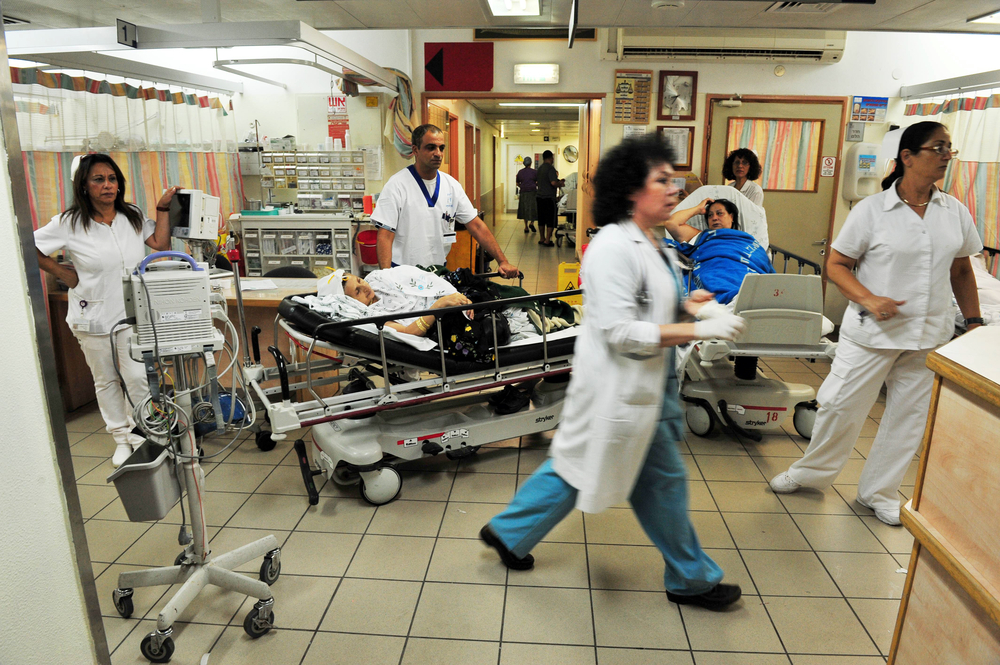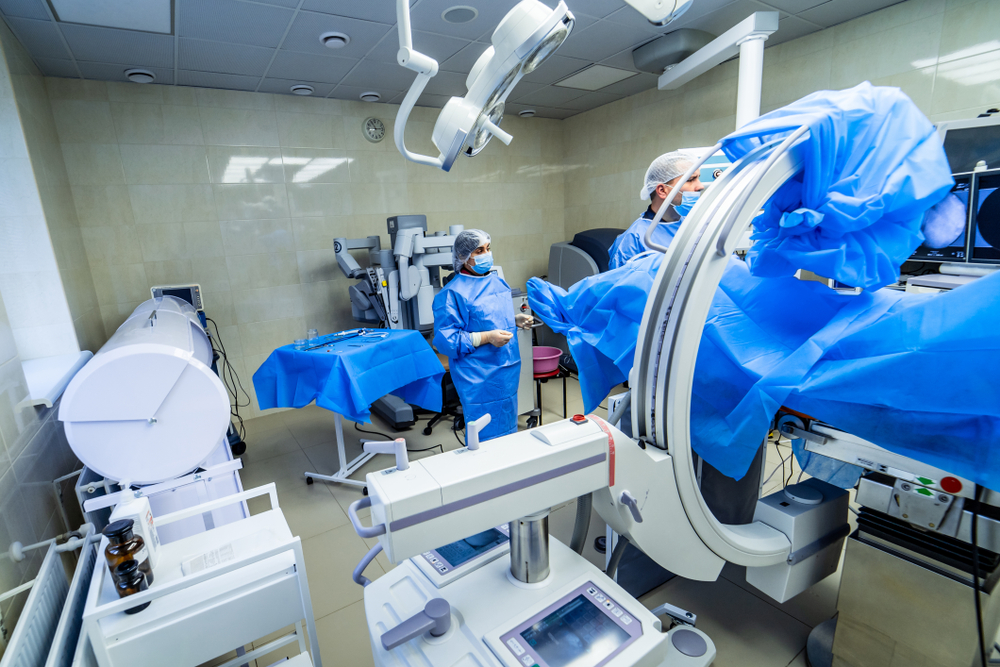Healthcare
Some Contrasts Backordered Until January 2023
The FDA updated its ongoing list of drugs that remain in short supply. As of early September, both Iodixanol (Visipaque) and Iohexol (Omnipaque) injections remain on that U.S. Food and Drug Administration list. The shortages began in late April, with the American Hospital Association confirming nationwide shortages on May 5. During this timeframe, GE announced…
Read MoreThe Future of Amyloid-fighting Drugs Alzheimer’s Disease and Radiology
In the next few years, expect amyloid-fighting drugs to treat Alzheimer’s disease to be an emerging category of more commonly-used monoclonal antibodies. Researchers, led by Petrice Cogswell, MD, PhD, of the Mayo Clinic, recommend that both neuroradiologists and general radiologists become familiar with the treatment-related side effects caused by amyloid-related imaging abnormalities (ARIAs). The researchers’…
Read MoreEmergency Department Overreads and Discrepancies
Discrepancies are only found in less than 15% of emergency radiologists’ interpretations — however, over 90% of these second readings result in a change in patient care. ED radiologists at the University of Washington in Seattle studied the records of over 5,800 patients transferred to their Level 1 trauma center at UW Medicine during…
Read MorePostprocedure Checklist Reduces Adverse Events in IR Procedures
A study published July 5 in the Journal of Vascular and Interventional Radiology shows that a postprocedure checklist substantially reduces the risk of adverse effects and repeat procedures after interventional radiology procedures. Researchers at Boston’s Beth Israel Deaconess Medical Center sought to discover ways to improve patient safety and outcomes during and after interventional…
Read MoreInterruptions in the Reading Room
A recent study published on June 27th in Current Problems in Diagnostic Radiology confirms the detrimental impact of interruptions in the reading room. Researchers observed the activities of 13 pediatric radiologists affiliated with Ohio University — working in a large, free-standing pediatric care facility with level 1 trauma. During all shifts, the radiologists’ activities…
Read More



